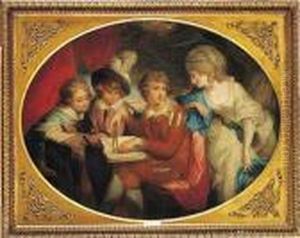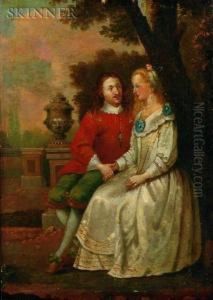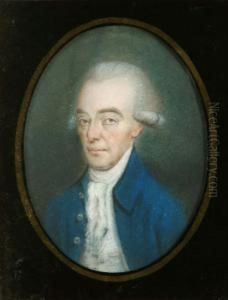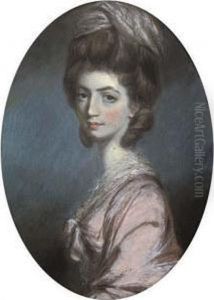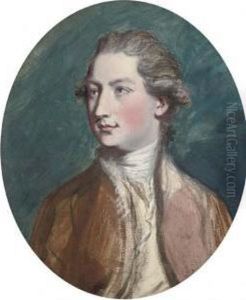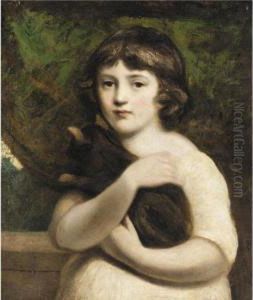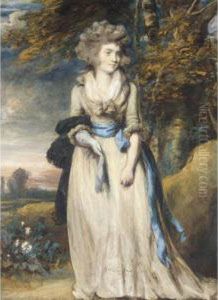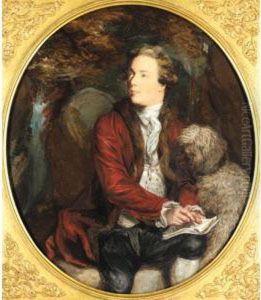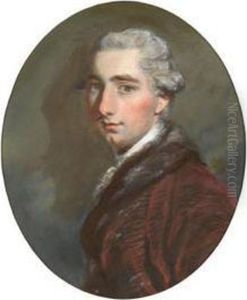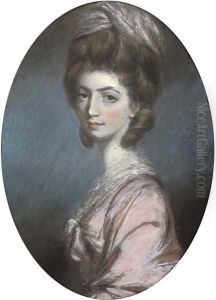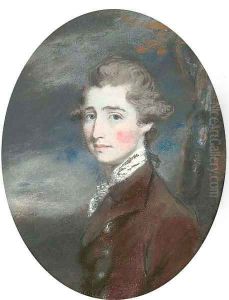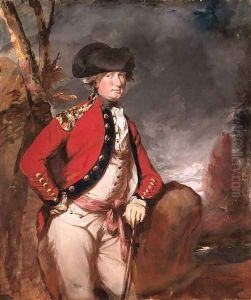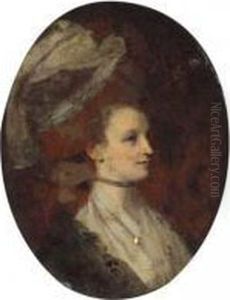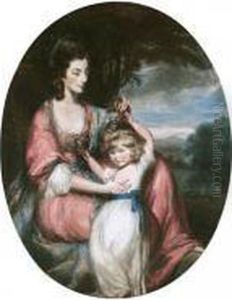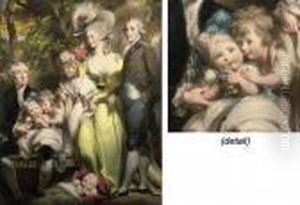Daniel Gardner Paintings
Daniel Gardner was an English painter, best known for his work as a portrait artist during the late 18th century. Born in 1750 in Kendal, Westmorland (now Cumbria), Gardner began his artistic education in his early years. He studied first under a local artist named William Bell, and later moved to London to further his studies. In London, Gardner became a pupil of George Romney, who was a well-known portrait painter of the time. Under Romney's guidance, Gardner honed his skills and developed his own style.
Gardner also studied at the Royal Academy Schools, which was a significant step in his career development. Despite this formal education, he never became an Academician, a reflection of the tastes and politics within the art establishment of his day. Nevertheless, Gardner found success with his distinctive style that blended the pastel medium with oil painting and sometimes included crayon. This technique allowed him to create soft and appealing textures in his portraits, which were in vogue during the latter half of the 18th century.
Daniel Gardner's clientele primarily consisted of the aristocracy and the wealthy. He was well-regarded for his ability to capture the likeness and character of his sitters. His portraits often depicted his subjects in relaxed poses set against romanticized landscapes, a style influenced by the 'fancy pictures' popularized by other contemporary artists like Joshua Reynolds and Thomas Gainsborough.
Throughout his career, Gardner created a substantial body of work, but he did not achieve the lasting fame of Reynolds or Gainsborough. His work was often considered more commercial, and as such, it did not always receive the critical acclaim reserved for his more famous contemporaries. However, Gardner's portraits are now recognized for their historical value and their unique place in the evolution of British portraiture.
Daniel Gardner died in 1805, leaving behind a legacy of work that provides a window into the styles and preferences of the English gentry at the turn of the 19th century. His portraits remain of interest to art historians and collectors, and they can be found in various art galleries and private collections around the world.
